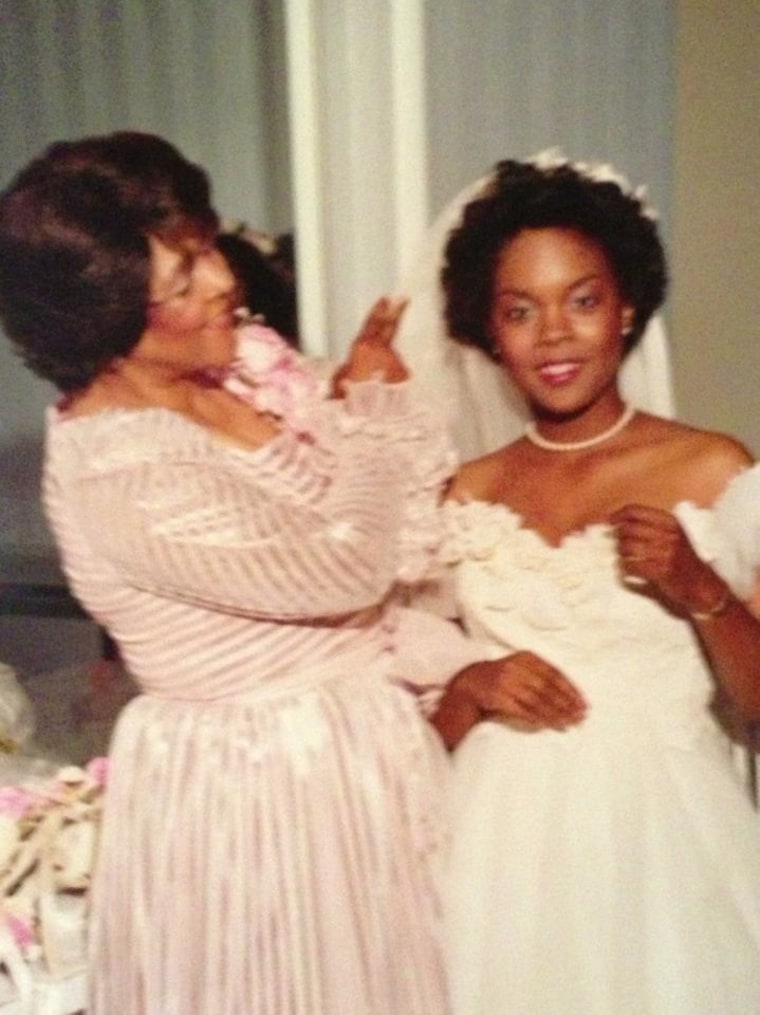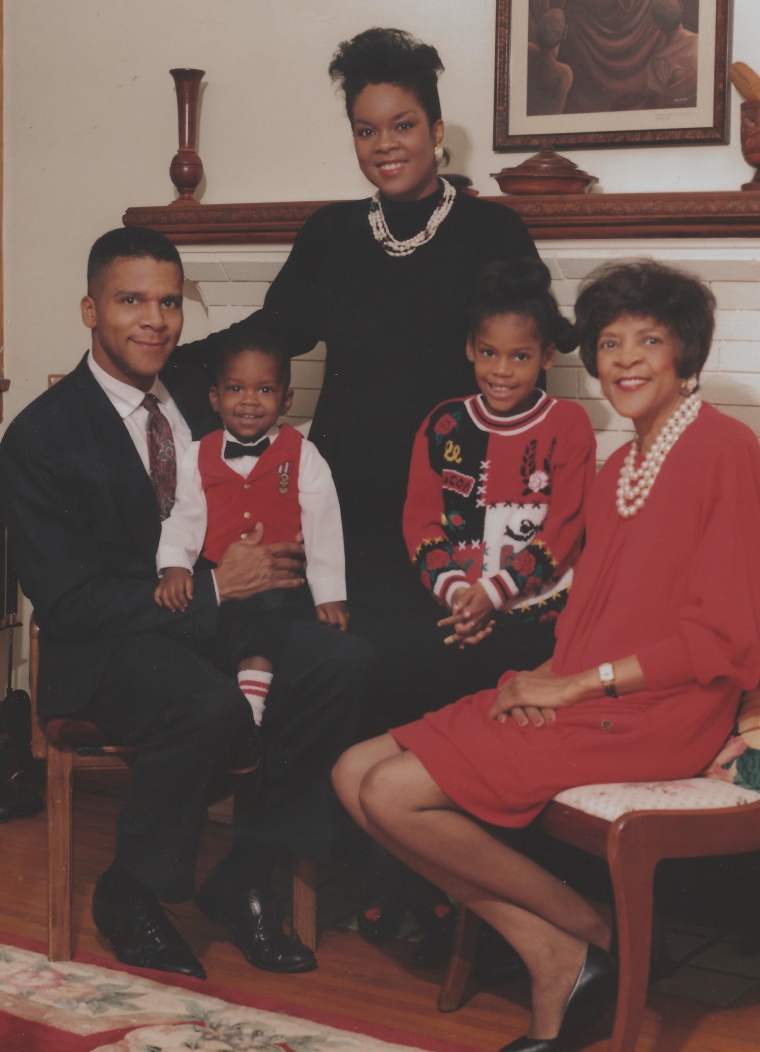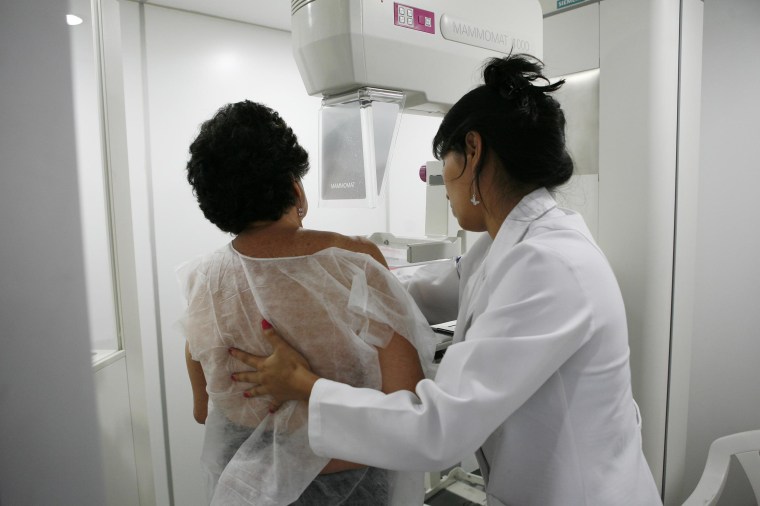Angela Jolie sets me off.
As a health journalist I get set off a lot. Every study, every new potential cure for an incurable disease sucks me down the rabbit hole. I sometimes think that being a hypochondriac is an occupation hazard of writing about sickness for a living. But this recent Angelina Jolie Op/Ed, Diary of a Surgery in the New York Times, on getting her ovaries and fallopian tubes removed to reduce her risk of getting breast and ovarian cancer is different. It is personal.
It has been over twenty years since I got a call that changed my life. The call came from my mother, who was then 59. She said, “They think I have some kind of cancer.” The cancer was later diagnosed as Stage IV ovarian cancer, and in one year my mother was dead.
Jolie also lost her mother to the disease, and like her I no longer have my mother. And we both got left with what I call the ticking time bomb of cancer. It doesn’t always tick loudly, but it seems whenever Angelina Jolie makes a decision about ways that she will try to keep her own time bomb from going off it becomes international news and it lights my fuse.

In 2013 Jolie had a radical double mastectomy. And now she has had a radical hysterectomy. Why? Because she went through genetic counseling and testing that she says showed that she had a gene that puts her at extremely high risk for breast and ovarian cancer.
The BRCA1 and BRCA2 genes are known as tumor suppressors. A mutation of those genes could increase a woman at risk for developing breast and/or ovarian cancer. In Jolie’s case, she says she had an 87 percent chance of getting breast cancer and a 50 percent chance of developing the very hard to diagnose and nearly impossible to successfully treat ovarian cancer.
It is important to note that the National Cancer Institute says that not all women who develop breast cancer carry the BRCA1 or BRCA2 mutations. In fact, 80 percent of all women who get breast cancer have no known family history.
Jessica Shepherd MD, MBA, Assistant Professor OB/GYN, at University of Illinois in Chicago, says that it is important to know that there are many steps to be taken before a woman seeks out preventative surgery. “When I talk to patients we talk about symptoms. We also talk about their family history,” Dr. Shepherd says. “Once we go through those, we talk about whether the patient is a candidate for genetic counseling and then possibly testing to see if she has a mutation in her genes.”
At the end of 2015, I will be 59, the same age as my mother when she was diagnosed... I think about my own mortality. Watching and waiting for the time bomb is no longer a game I am willing to play.
Rene Syler, TV personality who writes a blog called Good Enough Mother, has been very public about her decision to have a double mastectomy to reduce her risks. She says she didn’t need to go through genetic testing to make her decision. Her mother and her father were both diagnosed with breast cancer, and that information fueled her decision. In addition, she had some pre-cancerous cells that were requiring her to have a needle biopsy every year. “It was taking its toll,” Syler says. So she had the surgery to remove both breasts and get reconstructive surgery, with her family at the forefront of her decision.
I constantly go back and forth on what I should do.
The one thing I know about my own journey is that knowledge and options are power. Dr. Kevin Smith, MD, an OB/GYN at Howard University Hospital, says there are black women in his practice who have been quite proactive regarding assessment of their cancer risk, however, “in the majority of cases the decision to seek risk assessment is suggested to, rather than requested by the patient based on her history.”
Smith added, “It is also not unusual that a patient is not fully aware of her full family history and therefore her true risk of cancer.”

Lisa Newman, MD, the director of the Breast Care Center at the University of Michigan Comprehensive Cancer Center has conducted some of the foremost research on black women and breast cancer to date. She says that the first step is to be sure of a patient’s personal cancer risk. “I would also encourage a patient to speak with a specialist in genetic counseling and testing so that you have a thorough understanding of your likelihood of harboring inherited cancer susceptibility, and which genes should be evaluated, and how to interpret the test results.”
Prior to the scheduling of prophylactic surgery, patients will undergo comprehensive testing (breast/abdominal imaging) to check for any evidence of a pre-existing cancer requiring cancer-directed treatment.
According to Dr. Newman prophylactic/preventive mastectomy is similarly the most effective way to minimize likelihood of being diagnosed with breast cancer. “However, neither strategy will completely eliminate the risk of breast or ovarian cancer,” Dr. Newman says.
“The removal of the ovaries is the most effective strategy to reduce the risk of being diagnosed with ovarian cancer, and for premenopausal women removal of the ovaries will also lower the risk of breast cancer.”
Up until now I have found reasons to talk myself out of the brave decision that Angelina Jolie made. I am too busy. I am too scared.
Two years ago I went in for genetic counseling at a medical center. My health insurance requires counseling before they will approve genetic testing or a preventative hysterectomy. But I still waffle on a decision. Every year when I go in for my annual visit with my own gynecologist, we have a heart to heart about my risks, my fears and any new diagnostic or treatment tools on the horizon that might save my life, if I should get ovarian cancer like my mother. And every year I ask if anything has changed. Every year the answer, at least for ovarian cancer treatment is, “No.” That is a gut punch.
Up until now I have found reasons to talk myself out of the brave decision that Angelina Jolie made. I am too busy. I am too scared. I am too…
This might be the year I just do. Something changed—the awareness that at the end of 2015, I will be 59, the same age as my mother when she was diagnosed. I have thought a lot this year about losing my mother, and how quickly and painfully it all happened. I think about my own mortality. Watching and waiting for the time bomb is no longer a game I am willing to play.
Jolie has lifted the conversation up for other women. But the heavy lifting comes in working with your own doctor and talking to your own family about what is right for you. It has taken me over 20 years to decide. And it still feels like flying without a net.
Andrea King Collier is also the author of Still With Me…A Daughter’s Journey of Love and Loss a memoir of her journey with her own mother.
